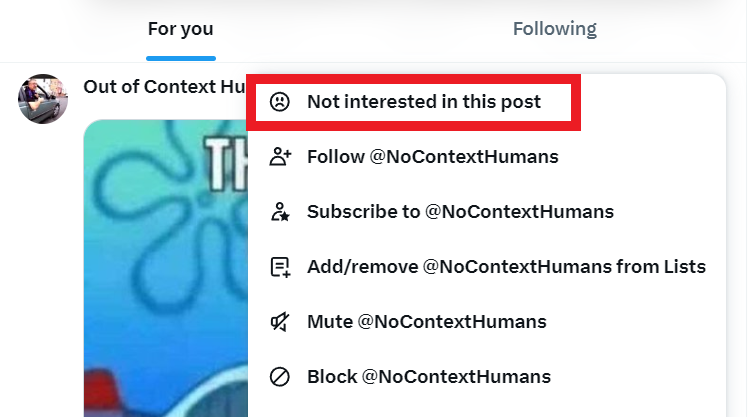There has been a huge amount of noise around Ai since ChatGPT started getting mainstream traction about two years ago. Every tech platform, consulting firm and agency seems to be touting Ai as a silver bullet to whatever problem a customer might have. There’s an incredible level of hyperbole that can make the whole area seem like snake oil. But when used in some specific ways, Ai can really increase the efficiency of certain tasks.
Greg Shove, CEO of Section had some great practical tips on the No Mercy / No Malice blog this week that show you how Ai can be used to really help you in some specific areas.
- Ask for ideas, not answers. If you ask for an answer, it will give you one. As a thought partner, it’s better equipped to give you ideas, feedback, and other things to consider. Try to maintain an open-ended conversation that keeps evolving, rather than rushing to an answer.
- More context is better. The trick is to give AI enough context to start making associations. Having a “generic” conversation will give you generic output. Give it enough specific information to help it create specific responses and then take the conversation in different directions.
- Ask AI to run your problems through decision frameworks. Massive amounts of knowledge are stored in LLMs, so don’t hesitate to have the model explain concepts to you. Ask, “How would a CFO tackle this problem?” or “What are two frameworks CEOs have used to think about this?” Then have a conversation with the AI unpacking these answers.
- Ask it to adopt a persona. “If Brian Chesky and Elon Musk were co-CEOs, what remote work policies would they put in place for the management team?” That’s a question Google could never answer, but an LLM will respond to without hesitation.
- Make the AI explain and defend its ideas. Say, “Why did you give that answer?” “Are there any other options you can offer?” “What might be a weakness in the approach you’re suggesting?”
- Give it your data. Upload your PDFs — business plans, strategy memos, household budgets — and talk to the AI about your unique data and situation. If you’re concerned about privacy, then go to data controls in your GPT settings and turn off its ability to train on your data.
Greg uses a great analogy of Ai as a superpowered management consultant:
“McKinsey consultants are smart, credentialed people. But they can only present you with one worldview that has a series of biases including how to create problems only they can solve with additional engagements, and what will please the person who has a budget for follow-on engagements. AI is a nearly free expert with 24/7 availability, a staggering range of expertise, and — most importantly — inhumanity. It doesn’t care whether you like it, hire it, or find it attractive, it just wants to address the task/query at hand. And it’s getting better.”





